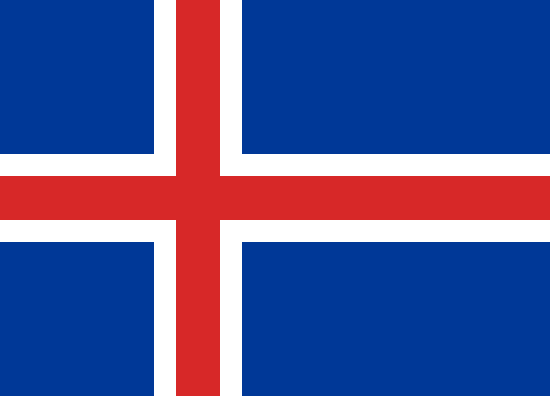"Höfn í Hornafirði, perluna í austri | Höfn in Hornafjörður, the pearl of the east"
About:
Höfn is a town in southeast Iceland, founded in the 19th century as a trading post. Its growth was spurred by the fishing industry in the 20th century. Today, Höfn is known for its lobster fishing and annual Lobster Festival. It's also a gateway to Vatnajökull National Park, attracting tourists. Despite challenges like the 2008 economic crisis and declining fish stocks, Höfn has adapted through tourism and diversification of its economy.
When to visit:
Höfn, a charming town located in southeastern Iceland, experiences a subarctic climate characterized by cool summers and cold winters. The peak tourist season in Höfn typically falls between June and August when temperatures are milder, ranging from 5°C to 13°C (41°F to 55°F). This period offers visitors the best chance to explore the town's stunning landscapes, including Vatnajökull National Park and the nearby glaciers. Travelers looking to avoid crowds and experience a more tranquil atmosphere may opt to visit Höfn during the shoulder seasons of spring (April to May) or fall (September to October).
When to avoid:
Höfn, a small town located in southeastern Iceland, experiences its harshest weather conditions during the winter months of December to February. This period is characterized by extreme cold temperatures, strong winds, and frequent snowstorms, making travel difficult and potentially dangerous. Additionally, daylight hours are significantly reduced during this time, limiting the time available for outdoor activities and sightseeing. Travelers planning a holiday to Höfn should consider avoiding the winter season to ensure a more pleasant and enjoyable experience.
"Winter Season (Nov-Feb)"
In Höfn, Iceland, the wettest and coldest period is from October to February. Average temperatures range from -1°C to 4°C, often dipping below freezing at night. Rainfall is abundant, averaging 80-100mm per month, with December being the wettest. Days are short, with sunlight only lasting for 4-5 hours, and cloud cover is heavy, often leading to grey skies. Snow is common, adding a white blanket to the town. An average day for a visitor would involve bracing the cold, dressing in layers, and experiencing the stark, yet beautiful, winter landscapes.
"Summer (June-August)"
In Höfn, Iceland, the warmest part of the year typically spans from June to August. During this period, the average high temperatures range from 12°C (54°F) to 15°C (59°F). However, it's worth noting that the weather in Höfn can be quite unpredictable.
Rainfall is quite common in Höfn, with summer months experiencing an average of 50mm to 70mm of precipitation. The region gets about 6-8 hours of sunlight per day during these months, which is significantly more than in the winter. However, the skies are often partly cloudy, with cloud cover averaging around 70-80%.
Humidity levels during the warmest part of the year in Höfn are relatively high, often exceeding 80%. This can make the air feel a bit heavier and cooler than the actual temperature.
A typical day for a visitor during this time would involve mild temperatures, a good chance of rain, and a fair amount of cloudiness. Despite the cloud cover, the extended daylight hours provide ample time to explore the stunning natural beauty of the region. It's a good idea to pack layers and waterproof clothing to adapt to the changing weather conditions. The cool, humid climate can feel refreshing, especially for those not accustomed to hot summer weather.
Language:
In Höfn, a small town in eastern Iceland, the most commonly spoken language is Icelandic. Icelandic is the official language of Iceland and is spoken by the vast majority of the population. English is also widely understood and spoken, particularly by younger generations and in tourism-related contexts.




